Darkseid vs Thanos: How The Justice League & Avengers Villains Are Different
Table of Contents
Darkseid is the big DCEU villain of Zack Snyder’s Justice League, while Thanos was the MCU’s overarching enemy. How similar are these two characters?
You Are Reading :Darkseid vs Thanos How The Justice League & Avengers Villains Are Different
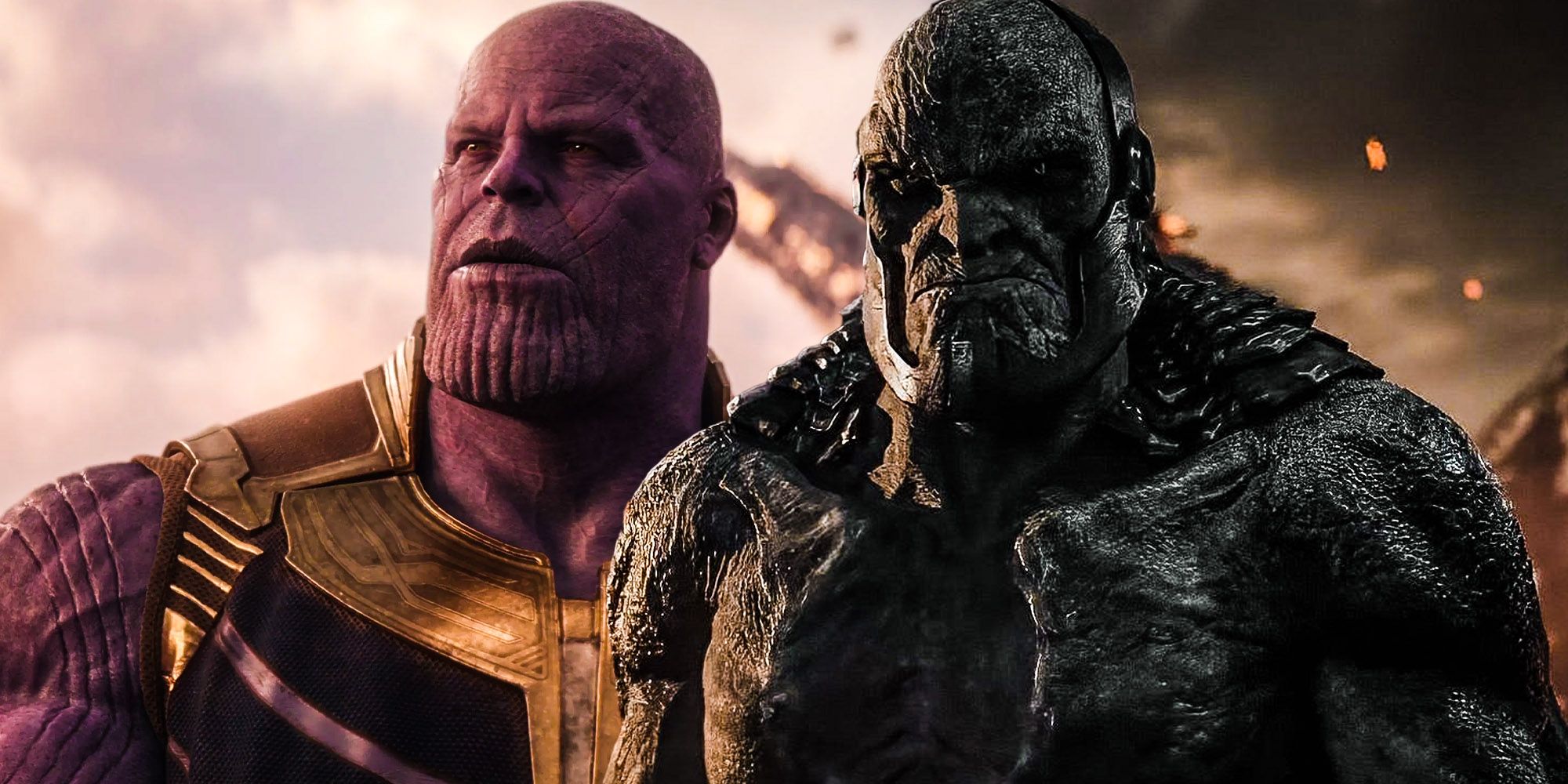
Darkseid in Zack Snyder’s Justice League and the MCU’s Thanos are the big villains of their respective superhero franchises, but this dastardly duo are more different than they are alike. Starting with 2012’s The Avengers, Marvel Studios steadily built Thanos as an overarching threat, ready for Josh Brolin to assume that massive purple chin to great effect in Avengers: Infinity War and Avengers: Endgame. Thanos’ DC equivalent (strictly from a movie perspective) is Darkseid. The DCEU laid the foundations for his arrival through clever clues and ominous warnings, but when Joss Whedon took over from Zack Snyder, Darkseid was unceremoniously cut from Justice League.
The glorious restoration of Darkseid (voiced by Ray Porter) is one of many improvements made by Zack Snyder’s Justice League. Although Steppenwolf remains the main antagonist of HBO Max’s 4-hour superhero marathon, Darkseid’s presence looms large throughout, setting up a future battle against Superman & friends in a sequel that currently looks destined to go unmade. Nevertheless, Darkseid leaves his mark on proceedings (as well as Steppenwolf’s severed head) and has all the ingredients of a classic comic book movie supervillain.
With Thanos and Darkseid occupying near-identical roles in rival shared universes, comparison is only natural. But while there are plenty of parallels between these two despicable deviants, Darkseid and Thanos have less in common than many would assume.
Darkseid & Thanos Similarities And Differences In The Comics
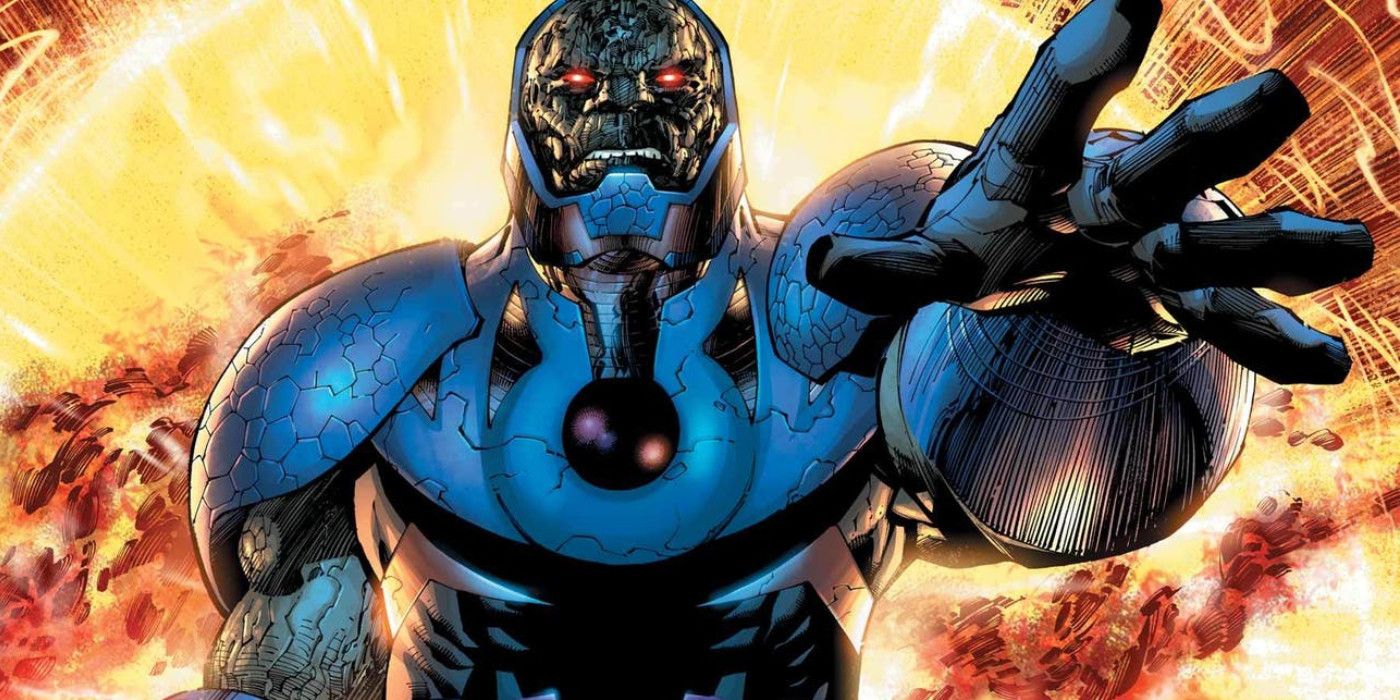
Part of Jack Kirby’s New Gods, Darkseid made his full DC debut in 1971. Like most comic characters, Darkseid’s backstory has morphed and evolved over the years, but the villain’s traditional origin begins on Apokolips in the Fourth World, away from the rest of the multiverse. Born by the name Uxas, Darkseid is the youngest son of Apokolips’ ruler. Conspiring to seize control of his home planet, Uxas kills his way to the throne, gains the power of the Omega Effect, and renames himself Darkseid, becoming a tyrannical dictator intent on conquest across the multiverse. Commanding his loyal army and dominating planets through sheer force, Darkseid seeks the Anti-Life Equation, which can eliminate free will and finally bring all universes under his influence. DC’s rebooted “New 52” continuity reintroduces Uxas as a simple farmer who destroys the Old Gods through trickery, then takes their place and creates Apokolips from the ashes of his home planet, but even here, Darkseid’s obsession with bending all life to his will remains true. Naturally, Darkseid’s path of destruction ensures many meetings with the heroes of the DC universe.
First appearing in 1973, Thanos’ visual design was intended to emulate DC’s Darkseid. Reminiscent of Darkseid’s New Gods biology, Thanos was also conceived as an Eternal, meaning both characters naturally inherit abnormal strength and are more or less immortal. Thanos’ God-like status gives rise to feelings of superiority over “lesser” forms of life, and it doesn’t take a psychologist to see that Darkseid possesses a similarly self-absorbed mindset. In his adulthood, Thanos conquers Titan and declares himself the ruler of his home planet which, once again, mirrors Darkseid becoming the usurper of Apokolips. Thanos, however, is afflicted by the Eternals’ Deviant Syndrome, condemning him to be an outcast among the folks on Titan. Thanos only comes to lead his planet after assembling an army of alien soldiers during exile – certainly a far cry from Darkseid’s royal heritage. In his most famous comic book story, Thanos hunts the power of the Soul Gems (better known nowadays as the Infinity Stones), bearing an unavoidable resemblance to Darkseid’s ceaseless hunt for the Anti-Life Equation.
Despite their various shared qualities, Marvel’s creation is far from an outright carbon copy, with the most important difference being Thanos’ motivations. Rather than relentlessly seeking conquest and control like his DC counterpart, Thanos was driven to evil by an obsessive love affair with Death herself, often committing horrific acts in her name. When he wasn’t looking to hook up with the Grim Reaper, Thanos would, very occasionally, even fight alongside heroes such as Adam Warlock and Namor the Sub-Mariner when his interests aligned with theirs, representing another major difference from the ever-awful Darkseid.
Thanos’ Story & Plan In The Avengers Movies
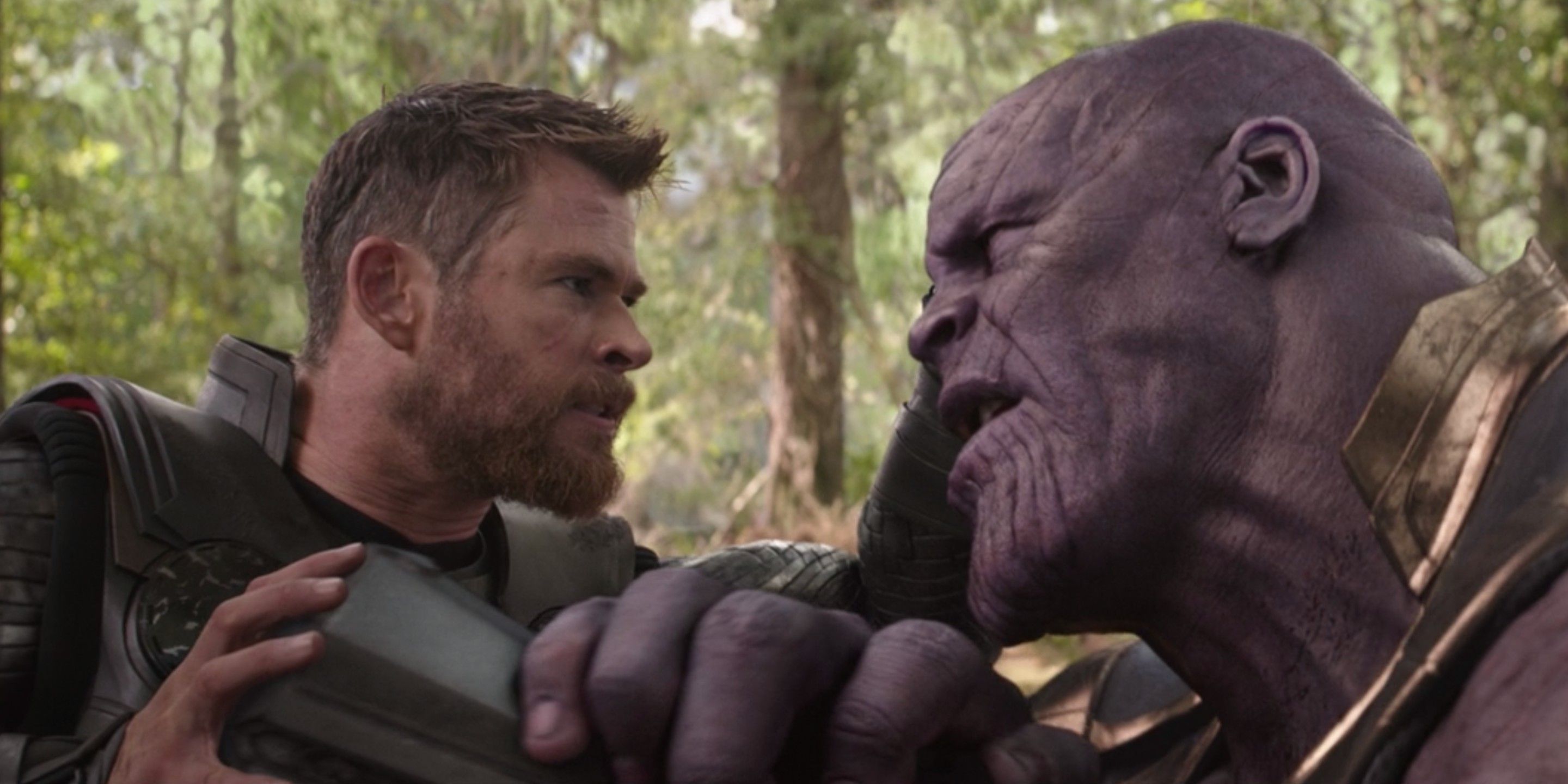
The MCU broadly adapts Thanos’ comic book search for the Soul Gems, but removes his love affair with Death from the equation and adds a more philosophical motive. Josh Brolin’s character watched his home world of Titan fall to ruin in a whirlwind of overpopulation and famine, but not before being exiled for suggesting the planet could reverse its course by culling half of its citizens. Thanos comes to view himself as a visionary savior – the only person willing to do what needs to be done – and escalates his ignored plan for Titan to a universal scale. Thanos plans to wipe out half of all life to halt the rapid consumption of resources, and ensure a brighter future for the lucky 50% left behind. To achieve such a huge death toll, Thanos will collect the various Infinity Stones dotted around the universe and use their all-encompassing power to simply click away the life forms deemed surplus to requirements.
Thanos’ MCU story mostly details his acquisition of the Infinity Stones and his path to prominence. In The Avengers, Loki is given an army of Chitauri soldiers to retrieve the Space Stone locked inside of Earth’s Tesseract, but the newly-formed Avengers successfully repel the attack and protect the blue rock (sort of). In Guardians of the Galaxy, Ronan is sent to collect the Power Stone, but foolishly opts to betray his purple ally and keeps the gem for himself. Having grown sick of sub-par lackeys, Thanos decides to fill his multi-colored glove personally. He finally comes to Earth in Avengers: Infinity War, commits genocide, and then retreats to a remote planet, living out the rest of his days in solitude. The remaining Avengers soon catch up and are none too pleased, but Thanos has already fulfilled his purpose.
How Darkseid’s Story & Plan In Zack Snyder’s DCEU Is Different From Thanos’
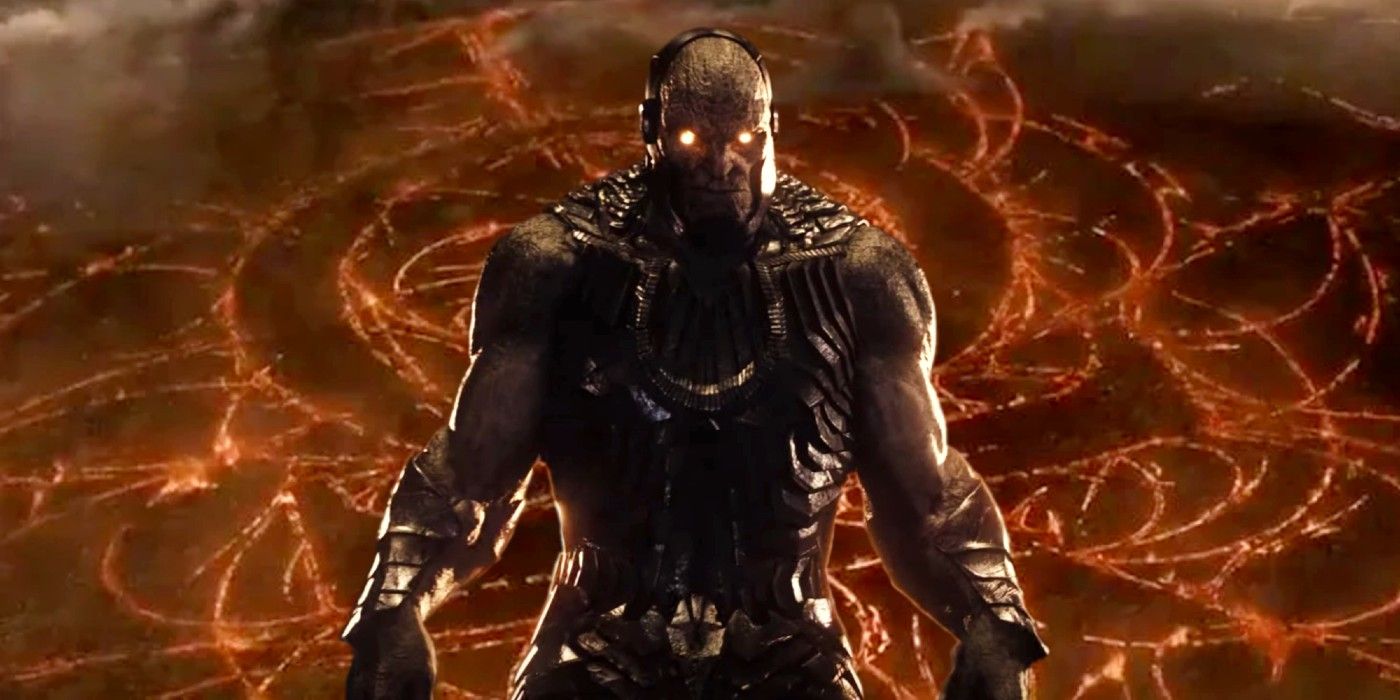
Although Darkseid appears sporadically in Zack Snyder’s Justice League, the villain’s plan is a faithful adaptation of the DC source material. Hailing from a “another universe,” the ruler of Apokolips has been scouring worlds, destroying planets, and subjugating their populations for the sake of power. On his bloody crusade (which encompasses 100,000 worlds at last count), Darkseid has been seeking the Anti-Life Equation, which shall afford him even greater power. The tyrant won’t stop until all of existence bows to name of Darkseid.
Behind the wickedness, Thanos and Darkseid always had contrasting reasons for their comic book antics. Where DC’s villain sought new worlds to dominate, Thanos was moved to action by his love for Death. Although the good lady of the afterlife doesn’t feature in the MCU, Thanos and Darkseid’s motivations are still radically opposed in live-action. Inspired by the comics, Darkseid’s overarching goal in Zack Snyder’s Justice League is invasion – conquering worlds and remolding them into the fiery image of Apokolips. The stone-skinned antagonist might convince his subjects that free will is a curse they should be glad to have removed, but Darkseid makes no attempt to pose as a hero.
On the other hand, Thanos deludes himself into believing he’s the good guy. Even until the Mad Titan’s final breath (the first time around), Thanos maintains that culling the universe was a necessary sacrifice to preserve balance, and genuinely envisions future generations honoring him as a savior. When his mission is complete, Thanos doesn’t continue to rampage – he swaps armies for crops and his flagship for a humble hut. Essentially, Thanos lacks the lust for power that defines Darkseid, but his grasp on reality is far looser.
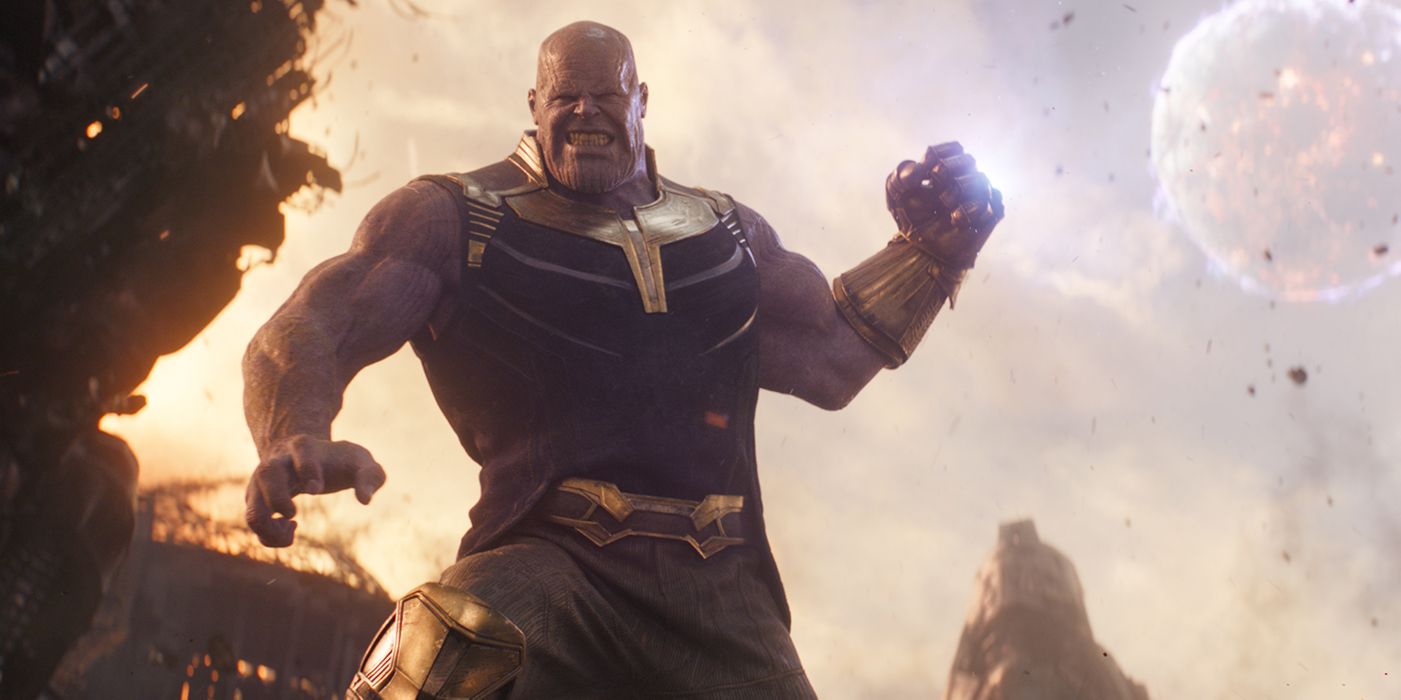
How Darkseid deals with his minions is also quite different compared to Thanos’ HR strategy. When a planet falls under Darkseid’s sway, the citizens are transformed into Parademons for his grand army. The higher-ranking monsters in Darkseid’s army – Steppenwolf, Desaad and Granny Goodness – retain their forms, but must worship their leader as a God. Desaad’s unwavering loyalty and Steppenwolf’s desperation to atone are prime examples of the extreme devotion Darkseid requires. When the horned subordinate fails to assemble the Unity, however, Darkseid shows his disdain in no uncertain terms by crushing Steppenwolf’s head underfoot.
Like Darkseid, Thanos finds new warriors on conquered planets – this is how he recruits Gamora, Nebula and the Black Order. Thanos also shares Darkseid’s habit of letting followers do his dirty work, but where DC’s villain demands fealty, Thanos considers his closest followers “children.” Thanos’ wrath is nothing to be sneered at, but he’s far more forgiving than Darkseid, grieving after killing Gamora, and not hunting down Loki, despite the God of Mischief’s failure. The DCEU’s Darkseid has no such moral ambiguities.
The real crossover between Darkseid and Thanos emerges when comparing their respective master plans. Both villains are collecting ancient artifacts that combine to form an unbeatable weapon. In Thanos’ case it’s the Infinity Stones; for Darkseid, it’s the Mother Boxes (which he carelessly left on Earth during his last trip) and the Anti-Life Equation. Moreover, Zack Snyder’s Justice League sees Darkseid sitting back while Steppenwolf collects his master’s trinkets, then taking a DIY approach after a superhero team spoils his fun, drawing clear comparisons with MCU Thanos, who does exactly the same between The Avengers and Avengers: Infinity War. Add in their intentionally similar comic book backstories and comparable designs, and it’s easy to see why the characters are often held against each other. But while Darkseid and Thanos might compare notes when it comes method, their reasons for doing evil couldn’t be more different, ensuring the DCEU and MCU big bads are unique entities in their own right.
Link Source : https://screenrant.com/darkseid-thanos-differences-comparison-justice-league-avengers-explained/
